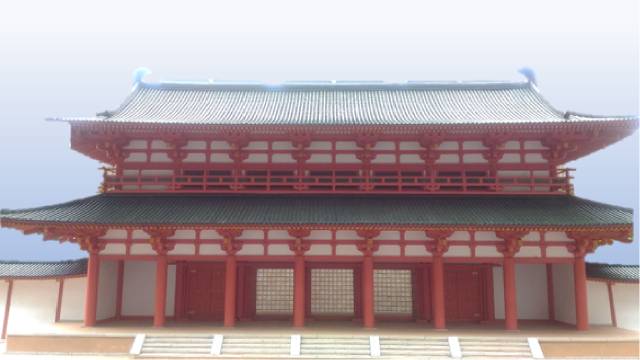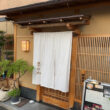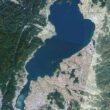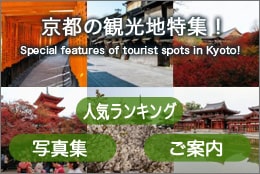Movement 1 Encounter of Smiles – Part 1
Posted date:2022-02-17Author:じゅうべい(Jubei) Transrator:ポンタ(Ponta)
Category:No.5 Yugyo: Rajomon, Amida's Tale - Warm, Gentle, Calm , The Sacred Biography of Heian Buddhism: Amitabha Sage (Hijiri) Kuya, ed.
広告
adsense4
The first part: Raiseimon that protects lives.
“Lord Kuya, hurry up, hurry up.”
Under the clear sky, a young girl takes me by the hand and we run off together.
“This way, come on.”
With a big smile on her face.
Then, the child woman stopped running, stopped, pointed to the magnificent gate, and spoke.
“Here it is.”
Oh wow, here it is. It’s always wonderful, isn’t it?
I couldn’t help but let out an exclamation of admiration in front of the huge gate that was pointed out to me.

This overwhelming hugeness. And the grandeur of the building that is unparalleled to others. At all times, it stands before our eyes as a gate symbolizing the majesty of the city.
Furthermore…
If you move your eyes over the gate, you can see huge tiled roofs with magnificent rows of eaves. And the shibi, which decorate both ends of the roof, shine brilliantly and radiantly in the sunlight.
adsense2
The “Rajo” in Rajo gate originally meant “a wall surrounding a city to prevent the invasion of outside enemies” in the capital city system. And the gate opened there was called Rajomon. However, unlike the former Tang capital of Chang’an, Rajo was not built in this country was never threatened by outside enemies. Except for a wall was built on the south side along Kujo Oji Road that extended the east-west just to deceive the eyes of foreign envoys. And the main gate opened there is this Rajomon.

Protecting the lives and living of people living in the capital from war fires or epidemics.
I hear the Rajomon is built as such a mental symbol. It is said that the gate was named “Rajomon” entrusting it to fulfill its function, with the strong desire to protect the lives and livelihood of the residents without “Rajo”.
Rajomon, its essence is after all, is it is a protective god for the capital. The space created by this gate is said to be the place where the inside and outside of the capital come into contact and the place to come in contact with the other world where we meet gods and demons. The aristocrats of the capital therefore regard Rajomon itself as a giant “Sai-no-kami” or “guardian deity” to ward off enemies from outside the capital (i.e., plague, war, and various other calamities), and they hold ceremonies (rituals and rites related to the Taikai and Niou-kai) there to pray for national peace and prosperity.
There is another person in this place that I have to help. I must hurry.
I was determined to help the person who was suffering in front of the Rajomon Gate, which protects people’s lives.
Continue to “the latter part: the encounter to the smile.”
Author
じゅうべい(Jubei)
Hello everyone. I am Jubei, an earthling whose energy does not stop today. What I like is playing (manga, movies, music (J-Rock, etc.) and visiting cafes). Thank you for your understanding.












